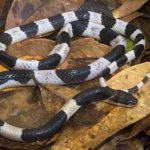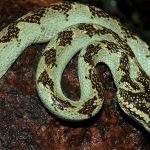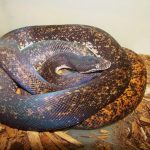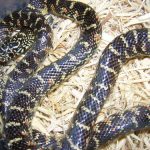Horned desert viper is a poisonous viper species native to North Africa and parts of the Middle East. Currently, there are no recognized subspecies of this species. It is mainly active at night, spending the day in seclusion in the sand, abandoned burrows or under rocky outcrops. The species is known to possess a quiet and calm temperament.
| Kingdom |
Animalia |
| Phylum |
Chordata |
| Subphylum |
Vertebrata |
| Class |
Reptilia |
| Order |
Squamata |
| Suborder |
Serpentes |
| Family |
Viperidae |
| Subfamily |
Viperinae |
| Genus |
Cerastes |
| Scientific Name |
Cerastes cerastes |
| Other Names |
Desert Sidewinding Horned Viper, Saharan Horned Viper, Desert Horned Viper, African Desert Horned Viper, North African Horned Viper, Greater Cerastes, asp and Horned Viper |
| Length |
30 to 60 cm; largest recorded specimen measures 85 cm |
| Color |
Ground color ranges from yellowish to pale grey to reddish, pinkish, or pale brown; upper surface consists of a series of dark, semi-rectangular uneven patches running along the length of the body, the patches may or may not blend into crossbars; white belly while the tail may have a black tip |
| Distribution |
Morocco, Mauritania, Algeria, Mali, Niger, Libya, Chad, Tunisia, Egypt, Sudan, Ethiopia, Somalia (North Africa); Sinai peninsula; southern Israel, Yemen, Kuwait, extreme southwestern Saudi Arabia, parts of Qatar (Middle East) |
| Habitat |
Dry, sandy areas with scanty rock outcroppings |
| Diet |
Mainly lizards, also feed on mammals and birds |
| Predators |
Honey badgers, monitor lizards |
| Venom Fact |
Not highly toxic |
| Breeding Season |
April – June |
| Mode of Reproduction |
Oviparous (egg laying) |
| Clutch Size |
8 to 23 eggs |
| Incubation Period |
50 – 80 days |
| Reproductive Age |
2 years of age |
| Average Lifespan |
Up to 18 years in captivity |
Horned Desert Viper Pictures Gallery
-
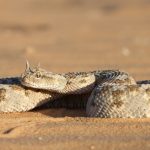
-
Cerastes Cerastes
-
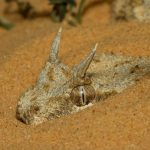
-
Desert Horned Viper Photos
-
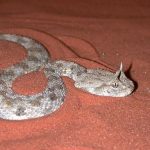
-
Desert Horned Viper Snake
-
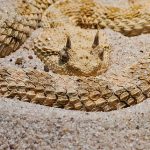
-
Desert Horned Viper
-

-
Horned Desert Viper Bite
-

-
Horned Desert Viper Images
-
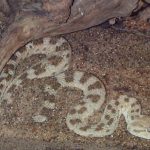
-
Horned Desert Viper Pictures
-
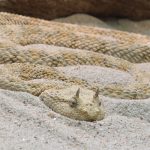
-
Horned Desert Viper
-
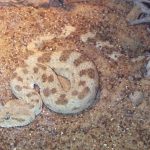
-
Saharan Horned Viper
-
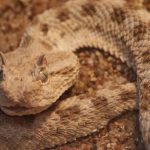
-
The Desert Horned Viper












